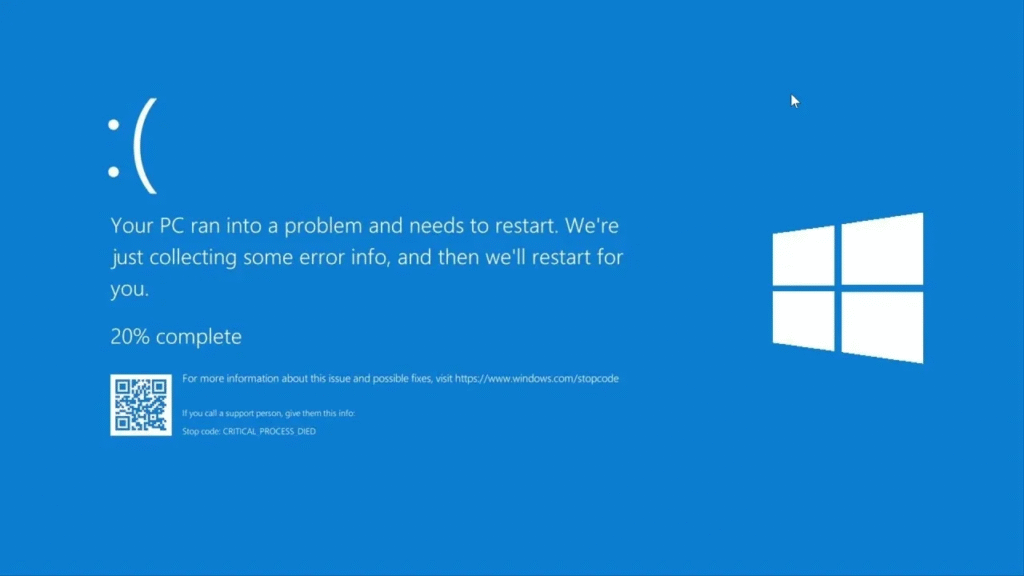Microsoft is redesigning its iconic Blue Screen of Death after nearly four decades. In the coming Windows 11 update, the error screen will switch from blue to black. The familiar frowning face and QR code will disappear. Instead, the screen will display a stop code and the name of the driver or component that failed. This change aims to give clearer information without forcing IT teams to analyze crash dumps with WinDbg.
Better Diagnostics for Faster Recovery
The new Black Screen of Death will look similar to the update screens users see today. Underneath the straightforward black background, it will list the exact cause of the crash. The driver or system component will be named right alongside its stop code. This level of clarity will help administrators and support staff understand whether the fault lies in Windows itself or in a third-party component. David Weston, Microsoft’s vice president of enterprise and OS security, explains that this update is about “providing better information” so that issues can be fixed more rapidly.

Timing and Quick Machine Recovery
Microsoft plans to roll out the new design later this summer. It will arrive alongside a feature called Quick Machine Recovery. This tool will allow devices that cannot boot to recover more quickly by diagnosing and repairing core Windows problems without a full reinstall. Both changes reflect a broader focus on resiliency after last year’s CrowdStrike incident, when millions of PCs displayed error screens following a security update.
What Remains the Same
Despite the new color palette, the fundamental behavior of the stop screen will not change. Users will still see an error message when Windows hits a critical failure. Machines will pause and require a manual restart before returning to normal operation. The change is strictly cosmetic and informational. It does not affect crash-dump collection or system stability under failure conditions.

Next for Windows
The black screen is the final sign of an era of one of the most well-known components of the Windows experience. As Windows 11 keeps developing, Microsoft is doubling its efforts in ensuring error messages are not so cryptic, but instead, can be helpful. Both end users and admins can anticipate having a better picture of what caused the crash and quicker options to recover it when the summer update comes in.





